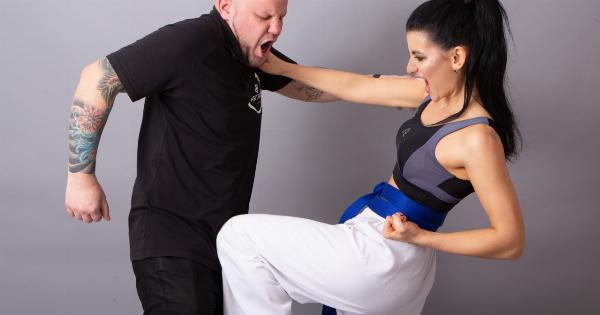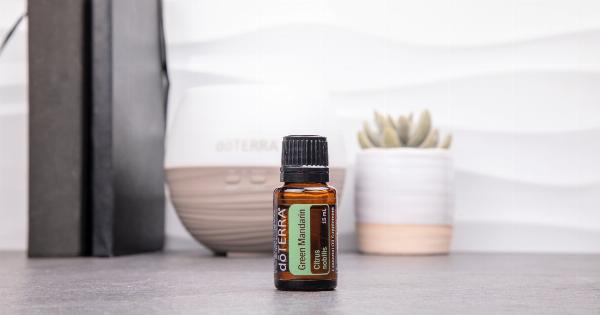Excessive sweating, also known as hyperhidrosis, is a condition that affects millions of people around the world.
It is characterized by excessive sweating in specific areas of the body, such as the palms of the hands, the soles of the feet, the underarms, or the face. Hyperhidrosis can be a source of embarrassment and discomfort, and it can significantly impact a person’s quality of life. Fortunately, there are many treatments available to help manage this condition.
In this comprehensive guide, we will explore the causes and symptoms of excessive sweating, as well as the various treatment options that are available.
What Causes Excessive Sweating?
The exact cause of excessive sweating is not known, but it is thought to be related to overactivity of the sweat glands.
The sweat glands are controlled by the sympathetic nervous system, which regulates the body’s response to stress and other stimuli. In people with hyperhidrosis, the sympathetic nervous system is overactive, which leads to excessive sweating. There are two types of hyperhidrosis: primary and secondary.
Primary Hyperhidrosis
Primary hyperhidrosis is the most common type of excessive sweating, and it is thought to be hereditary. It usually begins in childhood or adolescence and affects specific areas of the body, such as the palms, soles of the feet, underarms, or face.
Primary hyperhidrosis is not related to an underlying medical condition.
Secondary Hyperhidrosis
Secondary hyperhidrosis is less common than primary hyperhidrosis and is usually related to an underlying medical condition or medication. It can affect the entire body or specific areas. Common causes of secondary hyperhidrosis include:.
- Menopause
- Thyroid problems
- Diabetes
- Obesity
- Infectious diseases
- Neurological disorders
- Medications, such as antidepressants or blood pressure medications
What Are the Symptoms of Excessive Sweating?
The most obvious symptom of excessive sweating is, of course, sweating that is beyond what is considered normal. This can be uncomfortable and embarrassing, especially if it occurs in social situations. Other symptoms of excessive sweating may include:.
- Skin irritation or infections
- Unpleasant odor
- Difficulty gripping objects, such as a pen or steering wheel
- Difficulty wearing certain types of clothing, such as silk or satin
- Difficulty with intimacy, due to sweating during sexual activity
- Emotional distress, such as anxiety or depression
How Is Excessive Sweating Diagnosed?
If you are experiencing excessive sweating, you should see a doctor. Your doctor will ask you about your symptoms and medical history, and may perform a physical exam to look for any underlying medical conditions.
They may also perform a sweat test, which involves applying a powder to the affected area and then collecting sweat on a special paper. The paper is then weighed to determine the amount of sweat produced. This test can help to confirm a diagnosis of hyperhidrosis.
What Are the Treatment Options for Excessive Sweating?
There are several treatment options available for excessive sweating, depending on the severity of your symptoms and the underlying cause of your hyperhidrosis.
Antiperspirants
Antiperspirants are the first line of defense for mild cases of hyperhidrosis. They work by blocking the sweat glands and reducing the amount of sweat produced.
Antiperspirants are available over-the-counter or by prescription, and they come in different strengths. Your doctor can recommend the best antiperspirant for your specific needs.
Medications
Medications, such as anticholinergics or beta blockers, may be prescribed for moderate to severe cases of hyperhidrosis. These medications work by blocking the chemical signals that stimulate the sweat glands.
However, they can have side effects and are not suitable for everyone.
Iontophoresis
Iontophoresis is a treatment that uses a low-level electrical current to temporarily block the sweat glands. The affected area is immersed in water, and a gentle electrical current is passed through the water.
The treatment can be done at home with a special machine, and it is usually done several times a week for several weeks. Iontophoresis is most effective for hyperhidrosis of the hands and feet.
Botox Injections
Botox injections are a popular treatment for hyperhidrosis. Botox is injected directly into the affected area, such as the underarms or palms, and it works by blocking the signals that stimulate the sweat glands.
The effects of Botox last for several months, after which the treatment can be repeated. However, Botox injections can be expensive, and they may cause some discomfort during the injection process.
Surgery
Surgery is considered a last resort for severe cases of hyperhidrosis that have not responded to other treatments.
The most common surgery for hyperhidrosis is called sympathectomy, which involves cutting or clamping the sympathetic nerves that control the sweat glands. This procedure is usually done under general anesthesia, and it can have side effects, such as compensatory sweating or nerve damage.
Conclusion
Excessive sweating is a common condition that can be a source of embarrassment and discomfort. However, there are many treatment options available that can help manage this condition.
Whether you choose antiperspirants, medications, iontophoresis, Botox injections, or surgery, it is important to seek the advice of a healthcare professional to determine the best course of treatment for your specific needs.






























